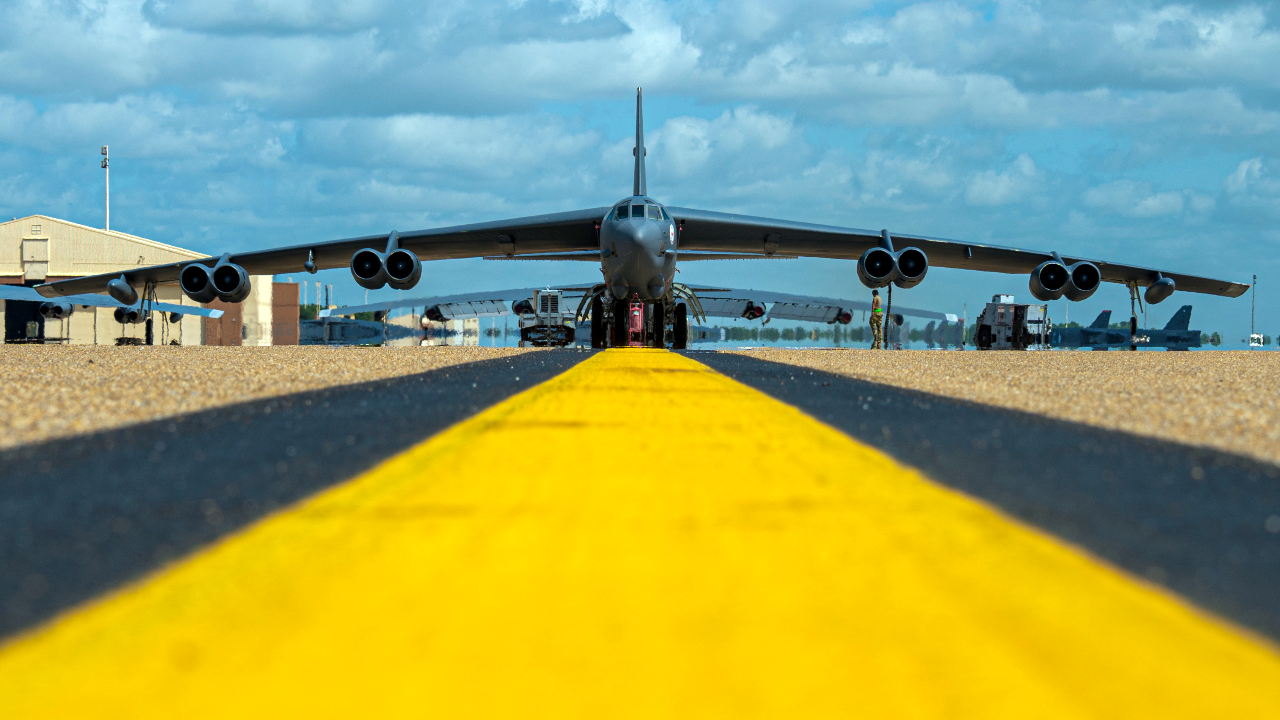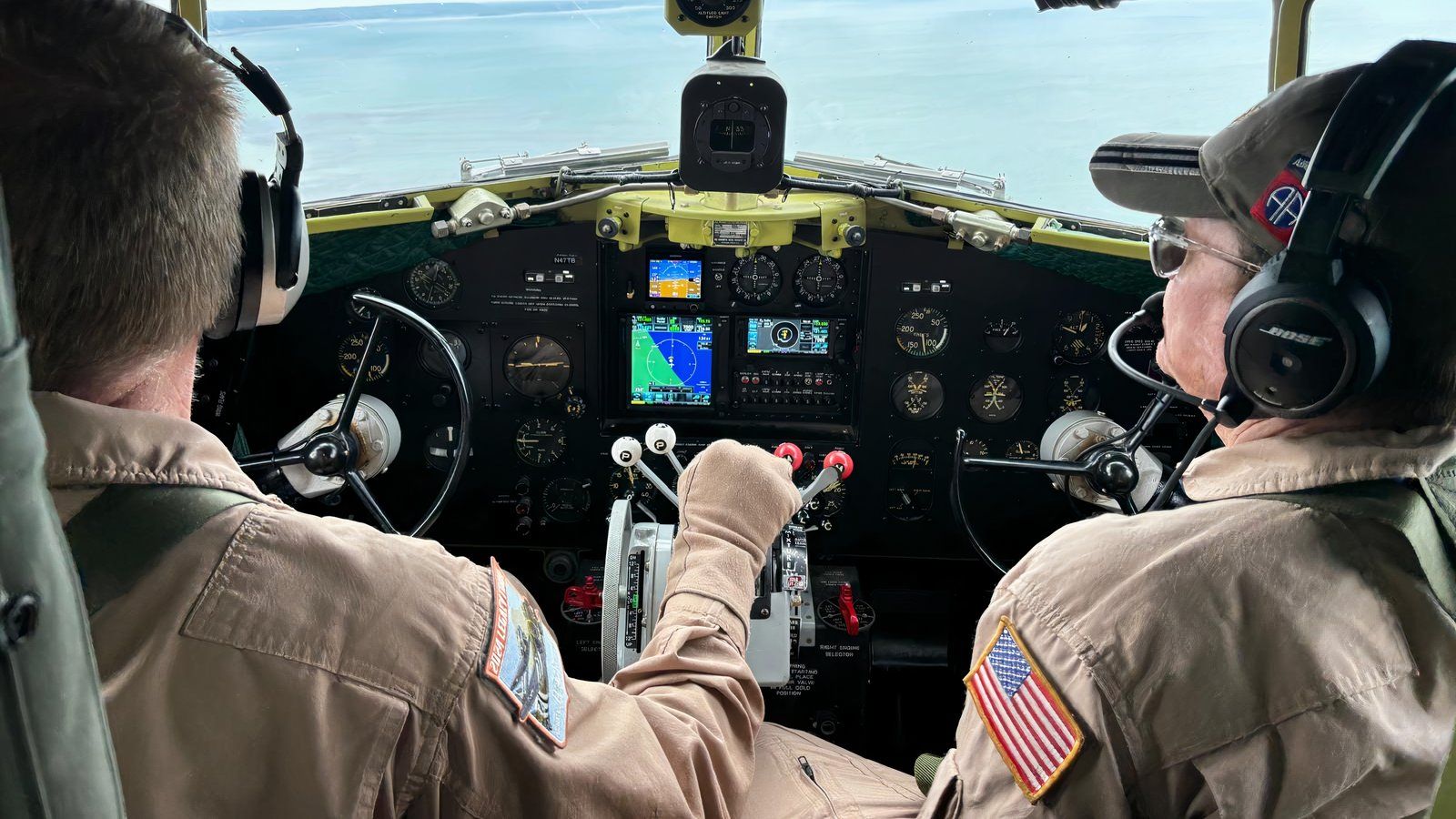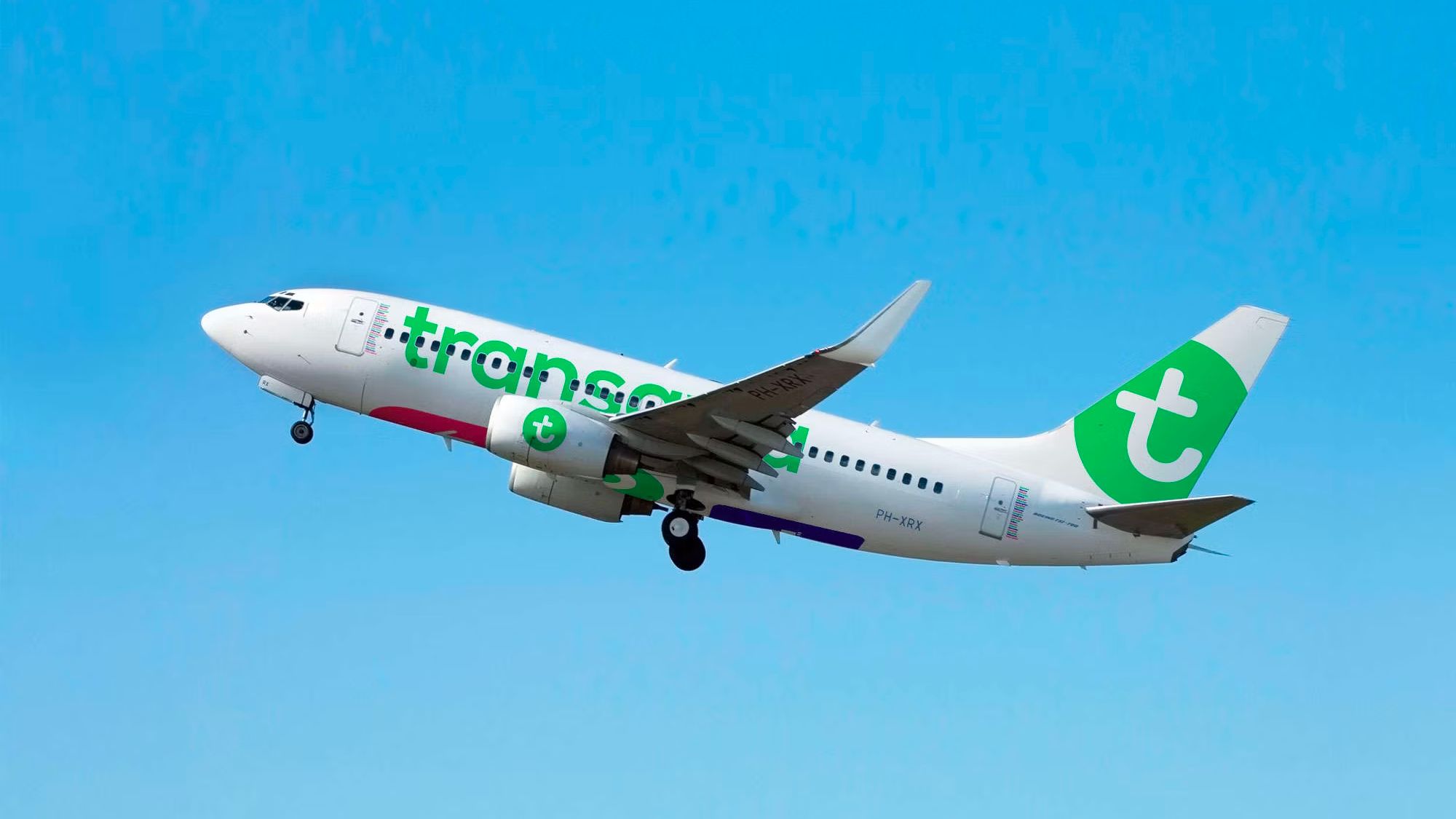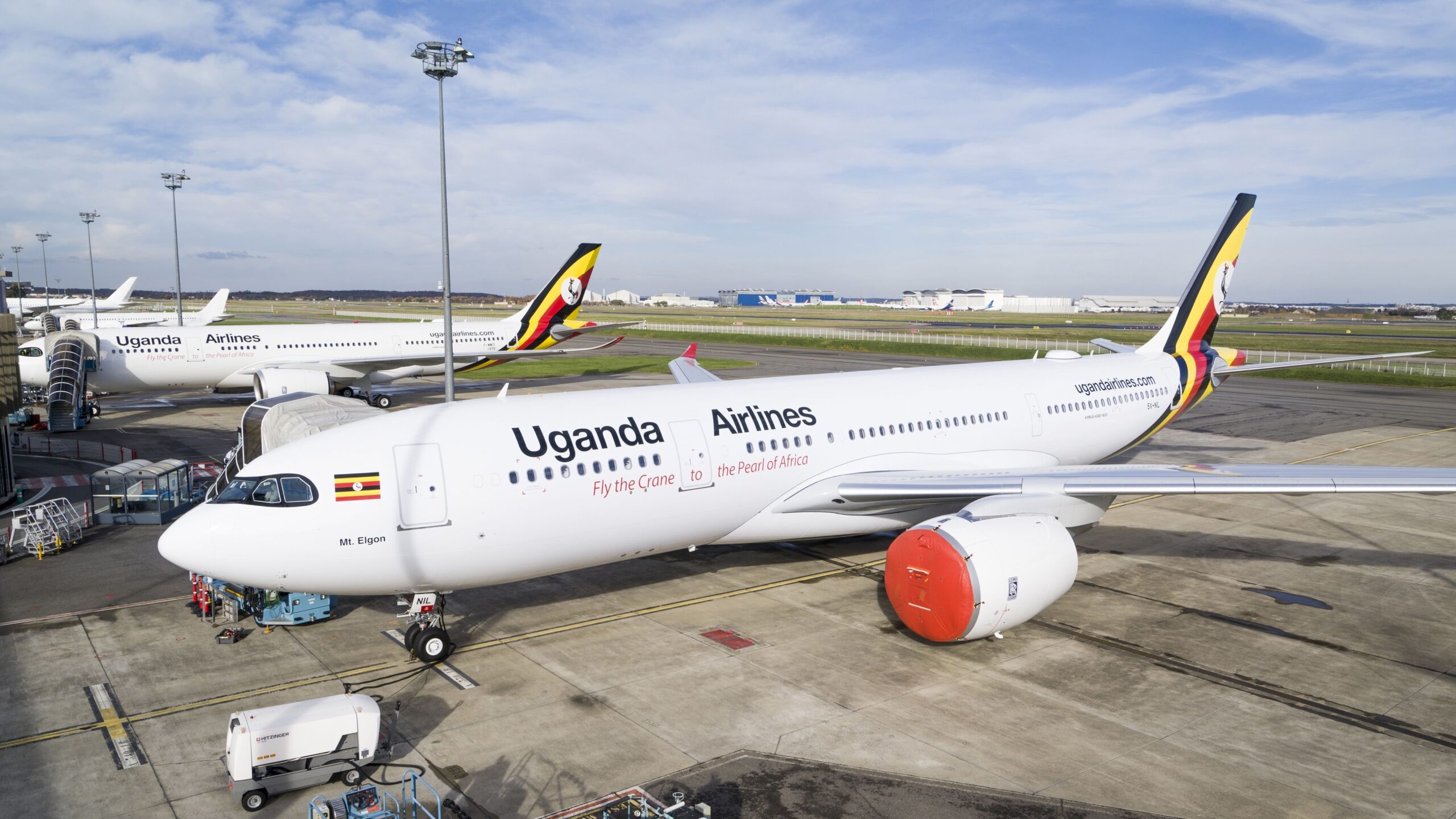Summary
- House version of 2025 defense bill calls for improved living conditions on B-52.
- House Armed Services Committee requests Air Force to investigate and report on crew comfort.
- Ergonomics and comfort improvements are vital for B-52 crew performance and mission efficacy.
A House version of the 2025 defense policy bill is calling for living accommodations on the legendary B-52 bomber to be improved. The B-52 Stratofortress is the mother of all strategic bombers. It has been in service since the 1950s and is expected to outlive its intended replacements (the B-1 Lancer and the B-2 Spirit). B-52s are currently planned to be re-engined and upgraded to the B-52J variant, which will see them flying until at least the late 2040s (likely beyond).
House Committee calls for improved B-52 crew conditions
The House Armed Services Committee calls on the Air Force secretary to investigate “potential modifications to improve crew comfort” and requires the Air Force to report back by February 1, 2025. The B-52 is regarded as a rugged bomber and has earned the nickname “BUFF” – “Big Ugly Fat F****er.”
“The committee notes the B-52 crews are flying longer missions, some approaching 24 hours long. Crew comfort on the longer missions is important for crew fatigue. The committee directs the Secretary of the Air Force to provide a briefing to the House Committee on Armed Services by February 1, 2025, on potential modifications to improve crew comfort for the B-52.” – House Armed Services Committee
The B-52 is known for being a bit of a rough ride and for being far short of luxury. Time will tell what crew comfort improvements the Air Force recommends. The aircraft was designed in the 1950s, and ergonomics and comfort may not have been the same priority back then.
Photo: Mass Communication Specialist 1st Class Thomas Gooley | US Navy
According to the Air Force Times, existing seats in the B-52 can force crews to spend hours hunched over, “making their backs creak with stiffness.” The quarters are tight while the engines’ roar is so loud that it makes sleep difficult (although the planned Rolls-Royce engines should be quieter). The aircraft has only one bunk so that one of the five-man crew can sleep at any one time.

Related
How Many B-52 Bombers Are In The USAF Today?
After fitting its Boeing B-52s with new Rolls-Royce engines, the USAF expects the plane to remain in service until 2050.
Ergonomics & improving performance
Ergonomics is an important part of military design and engineering. Many Russian/Soviet military vehicles are infamous for their poor ergonomics compared to their Western counterparts. At some point, being ‘rugged’ makes the equipment less combat effective as any piece of equipment can only perform as well as the crew operating it.
Good ergonomics is much more than just making life easier for soldiers and pilots. It also improves their performance, decreases fatigue, and increases alertness. While military life has been (and likely will always be) without many of the comforts of home, a good work environment (even on the battlefield) enables servicemen and women to perform their jobs better.
One of the key future theaters for the B-52 is over the vast Pacific Ocean. Here, missions can last more than 30 hours. B-52s are routinely used in the region to fly missions aimed at deterring aggression. A tired and exhausted crew is just not going to be as sharp or responsive in combat.







